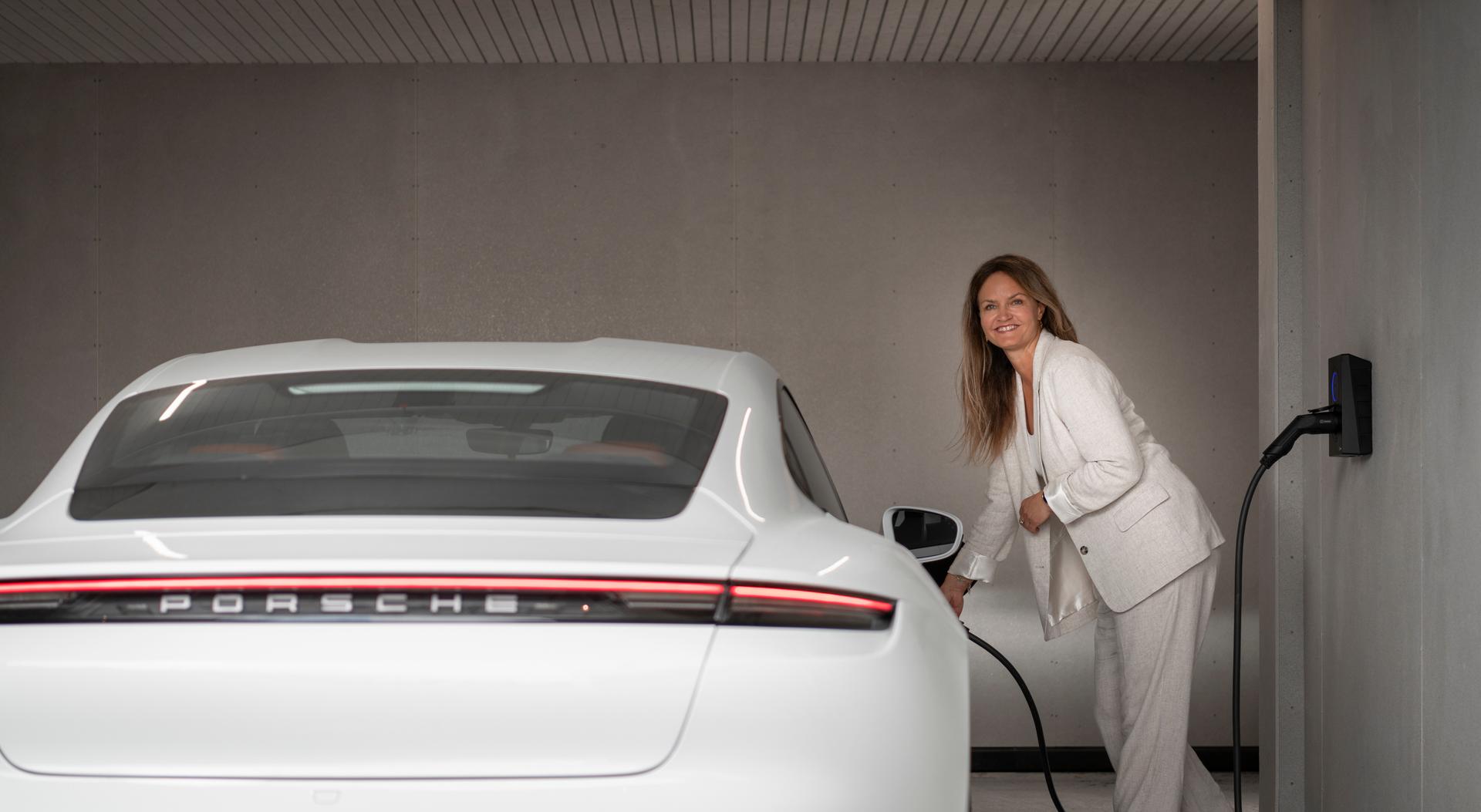Zaptec is making it easier for the residents to charge their electric cars. The charging station, together with cloud based solutions, maintain the highest level of engineering quality. The station is easy to use and much cheaper than that offered by competitors, Gudmundsson says. He is certain this is the start of something big.
Iceland’s roads are filling up with electric cars in an attempt to safeguard the majestic nature and climate of this nation of dormant volcanoes and hot springs. But the lack of charging stations makes it difficult to invest in an electric vehicle on this volcanic island – and complicated charging solutions must take much of the blame.
Satisfied electric car owners
That was why the electrical engineer decided to return home and bet on Zaptec to make the roads of Iceland greener.
I lived in Norway for 12 years before moving back to Reykjavik a year ago. I dove head first into the EV-wave in Norway and eventually discovered Zaptec – with its groundbreaking solutions. Zaptec inspired me to bring my efforts to Iceland. I founded a company that I called Hlada after many years in Norway, Gudmundsson says. He always knew which charging system he would choose for his massive investment on Iceland.
Recently he installed Zaptec’s charging systems in a giant residential housing project with 190 luxury apartments.
Feedback from the residents is nothing but positive. They are very satisfied! We are now holding discussions with a new developer who wants a similar solution for his housing complex. The innovative charging system is perfect for housing cooperatives where residents get a complete overview of the power they use and what it costs them. They control charging online and they do not pay for the power used by their neighbours, Gudmundsson says.
A greener Iceland
Due to this massive interest, he is absolutely certain charging solutions in residential complexes are just the beginning.
Zaptec offers a completely different level of quality than other charging solutions available on the island. In addition to all the fantastic technical features, the charging stations are designed for use in bad weather – and we do have a lot of harsh weather in Iceland and Norway. Zaptec has developed charging stations that are able to withstand those climates, he said.
Iceland is focusing a lot of attention on green energy, but the country has been lagging behind where electric cars are concerned. But much has changed recently.
Iceland is following Norway’s lead and has reduced value added tax and customs duties on electric vehicles. That brought many more electric cars to Iceland, but there are not many fast and ultra-fast alternatives on the island; they are expensive and the quality is still not very good. There is a great deal of interest in the Zaptec charging systems right now. I am certain this is the start of a great adventure, he says with great enthusiasm.
See more information about Hlada here
TECHNICAL INFORMATION ABOUT THE SKUGGINN INSTALLATION
Hlada installed 50 ZapCharger Pro stations at the Skugginn apartment complex in Reykjavik using 7 flat cables at 63 amps each.
This installation is designed for a total of 441A, but the owner has decided to limit total current to 350A. Although the 63Ax7 flat cables exceed available output, the load balancing function of the ZapCloud cloud solution automatically limits the total of all stations to 350A or as much output the owner wants to dedicate to car charging.
Even if 171 cars were connected at the same time, each one would receive 6A. As cars charge, the speed of charging increases. On average, it is very rare that more than 25% of the cars are charging at the same time and thus available output will in most cases be between 16 and 32 amps.
Only 50 residents have electric vehicle as of today, so there is more than enough capacity to meet the daily need of these cars. The electric cars in this garage are usually connected for 9 hours and 21 minutes each, and when you take into account the available output of 350A, a utilisation rate of only 2.12 % of total available capacity is being used for charging. With today’s usage patterns, there is plenty of room for more electric cars before capacity needs to increase.









